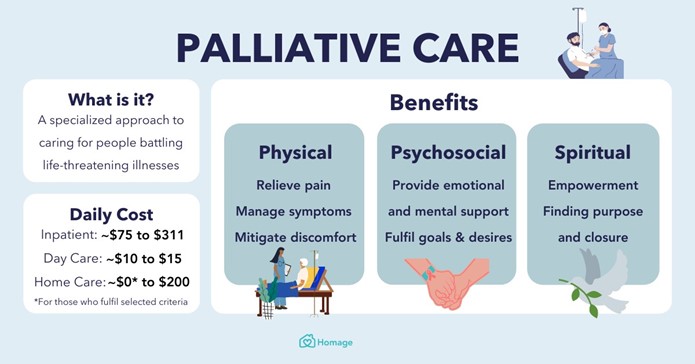A nurse is providing end-of-life care for a client. Which of the following actions should the nurse take?
Encourage the client to make choices regarding hygiene.
Offer the client sips of a citrus flavored soda.
Position the client supine in bed.
Suction the client's airway every hour.
The Correct Answer is A
When providing end-of-life care for a client, the nurse should encourage the client to make choices regarding their hygiene. This allows the client to have some control over their care and can help them feel more comfortable.
Option b is incorrect because offering the client sips of a citrus flavored soda may not be appropriate for all clients and should be based on individual preferences and needs.
Option c is incorrect because positioning the client supine in bed may not be comfortable for all clients and should be based on individual preferences and needs.
Option d is incorrect because suctioning the client's airway every hour may not be necessary and should be based on individual needs.

Nursing Test Bank
Naxlex Comprehensive Predictor Exams
Related Questions
Correct Answer is D
Explanation
The nurse should ask a second nurse to record her signature when wasting any unused portion of the controlled substance. This is a standard procedure for the safe handling and documentation of controlled substances.
a. The nurse should report any discrepancy in the count total of the controlled substance before administration, not after.
b. The wasted portion of the controlled substance should be disposed of according to facility policy, which may not involve placing it in a sharps container.
c. The count total of the controlled substance should be verified before removing the amount needed, not after.
Correct Answer is D
Explanation
A. Palpate the abdomen: Palpating the abdomen before auscultating bowel sounds could potentially alter the findings by stimulating peristalsis or causing discomfort in the client, particularly in cases of appendicitis or other acute abdominal conditions.
B. Administer an antiemetic:A thorough assessment, including auscultation of bowel sounds, is needed first to rule out conditions like a bowel obstruction or paralytic ileus where antiemetics may be contraindicated.
C. Offer pain medication:Pain medication can mask symptoms and interfere with the nurse's or physician's ability to accurately assess the underlying cause of the client's symptoms, such as appendicitis.
D. Auscultate bowel sounds:Auscultating bowel sounds is the first action the nurse should take because it is a non-invasive assessment that can provide critical information. It helps determine if bowel sounds are present, hyperactive, hypoactive, or absent, which can guide further interventions and diagnostic steps.
Whether you are a student looking to ace your exams or a practicing nurse seeking to enhance your expertise , our nursing education contents will empower you with the confidence and competence to make a difference in the lives of patients and become a respected leader in the healthcare field.
Visit Naxlex, invest in your future and unlock endless possibilities with our unparalleled nursing education contents today
Report Wrong Answer on the Current Question
Do you disagree with the answer? If yes, what is your expected answer? Explain.
Kindly be descriptive with the issue you are facing.
